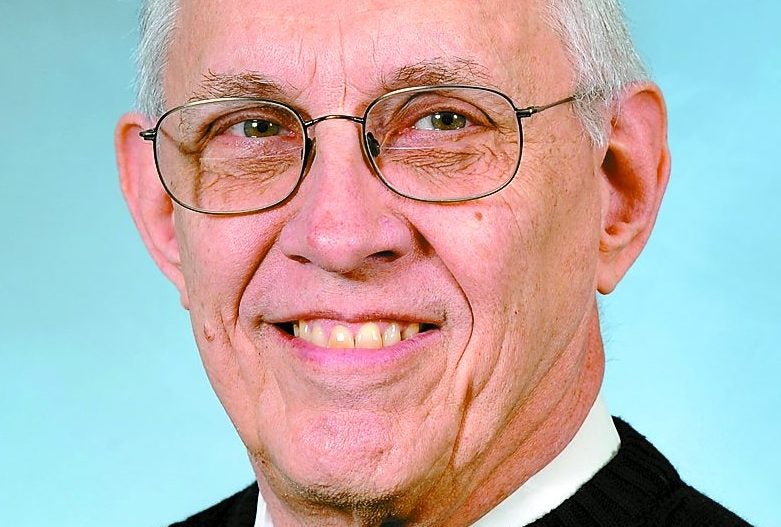Witt: Road improvements needed on Bypass
Published 10:34 am Tuesday, February 21, 2017

- Chuck Witt is a retired architect and a lifelong resident of Winchester.
By Chuck Witt
Sun columnist
Have you driven the railroad tracks on the Bypass yet?
Oh, you know. The ones at the intersection of the Bypass and Pedro Way, especially in the southbound lane.
Okay, so they aren’t really railroad tracks. They just feel like one is driving down a railroad track and engaging every cross tie with the wheels of the car.
As almost everyone surely knows, the ripples in the roadway are caused by the semi-trailer trucks that use the Bypass and which are so frequently required to stop at the traffic lights at the intersections.
When those trucks start up again, every time they change gears, they create a ripple in the surface of the road which, over a period of time, worsens and makes the passage of a car very rough indeed.
It’s no wonder the highway department now refers to asphalt surfacing — what most people call blacktop — as flexible paving because it certainly flexes under the weight and pressure of large trucks.
To top that off, the northbound surface of the Bypass at Colby Road is rapidly deteriorating. There are fewer ripples in the surface north of Colby, but there are certainly some areas which are crumbling and have been filled with asphalt paving much like potholes.
Of course, the highway department has apparently recognized for some time the futility of putting down asphalt surfacing along the exit side of an intersection which is heavily travelled by semis.
It was only about a year ago Bypass surfacing at Redwing Drive was changed from asphalt to concrete, the material which can stand up to the stress from the big trucks, but it’s a real shame all the intersections weren’t paved in concrete to begin with, because the disruption in traffic and added costs make the retrofits much more costly than if they had been constructed properly in the first place.
But concrete is not a perfect solution. It must be allowed to cure slowly in order to reach maximum strength, so placing it in a highway, especially in a location where it is replacing asphalt paving, means creating traffic congestion for longer periods of time.
Concrete is prone to developing cracks. These cracks may start out as miniscule imperfections, but if they accumulate water and that water freezes and expands, the crack gradually becomes larger and larger, eventually resulting in a spalling off of chunks and creating potholes as treacherous as anyone would find in the asphalt surface.
In fact, some of this action can be seen in the concrete surface at the intersection of the Bypass and Boone Avenue.
Before the end of this winter, our roads will undoubtedly suffer as more and more potholes will appear.
The road crews in Clark County do an admirable job of patching these problem areas and are to be commended.
However, the only action that will alleviate the condition at Pedro Way and the Bypass will be to re-pave a length of the road with concrete as was done at Redwing, and this will entail traffic tie-ups and delays.
One last thing: While discussing traffic on the Bypass, perhaps something could be modified with the traffic light at Colby Road. It does not react well to traffic volume, sometimes staying green too long for north-south travelers. The green arrow for cars turning north from Colby onto the Bypass is a very short-period light, often leaving a good number of cars waiting through another change cycle to make the turn.
Minor adjustments are often necessary when a road is built or upgraded, but the people responsible for making those adjustments need to hear from motorists from time to time as well.
Chuck Witt is a retired architect and a lifelong resident of Winchester. He can be reached at chuck740@bellsouth.net.





